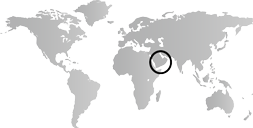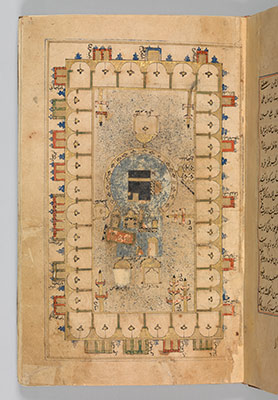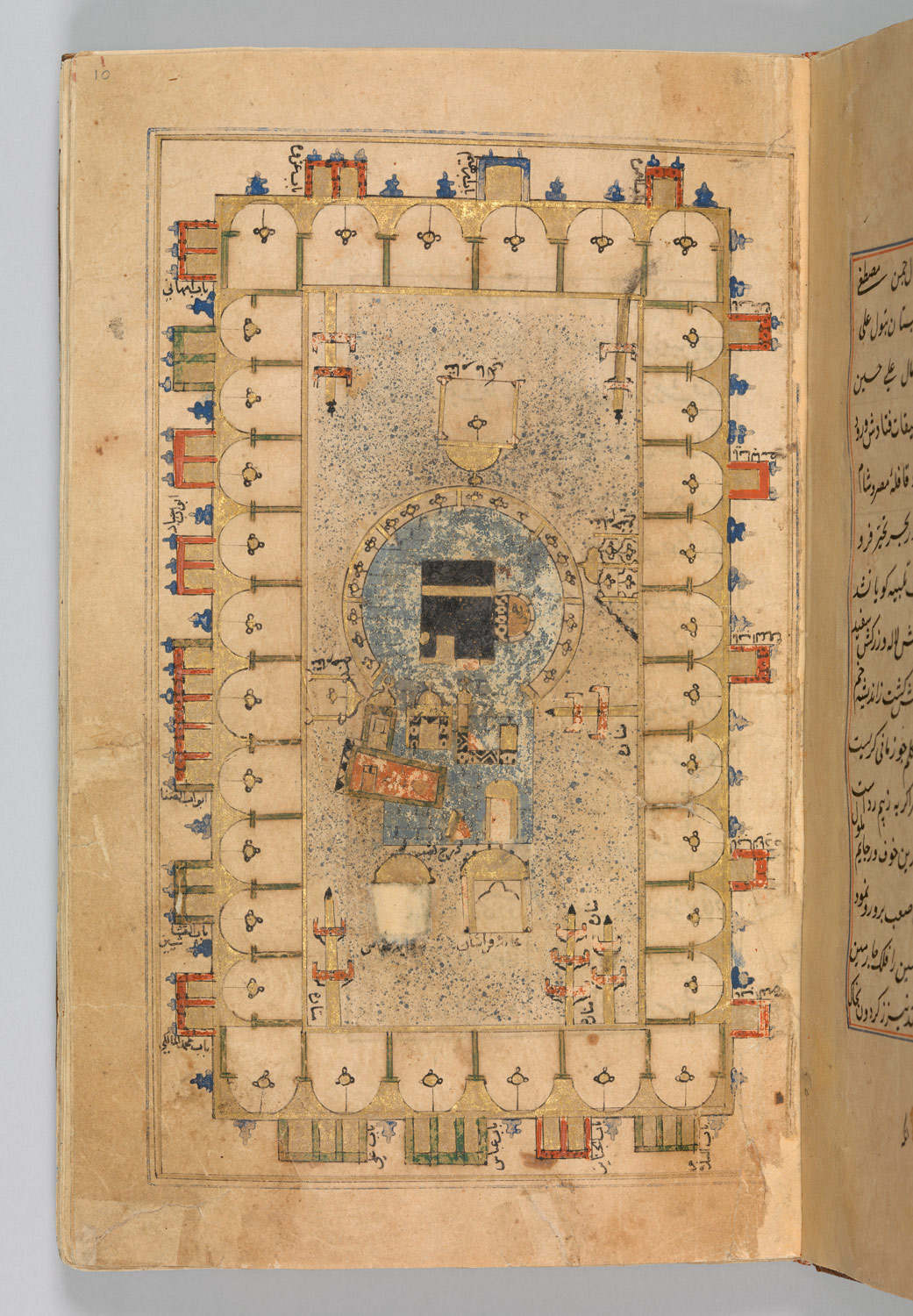During the period from 1400 to 1600 A.D., the Arabian Peninsula witnesses fragmented rule and struggle for control over the Holy Cities of Islam. Although Mecca and Medina are initially tied to Mamluk Cairo, Ottoman power is recognized in the early sixteenth century. Annual pilgrimage as well as east-west trade continue to be essential for the region. While local traditions of art and architecture remain strong, Cairo and Istanbul are also important sources of inspiration.
Arabian Peninsula, 1400–1600 A.D.
Timeline
1400 A.D.
1450 A.D.
ARABIAN PENINSULA, INCLUDING THE HOLY CITIES OF MECCA AND MEDINA
YEMEN
1450 A.D.
1500 A.D.
ARABIAN PENINSULA, INCLUDING THE HOLY CITIES OF MECCA AND MEDINA
YEMEN
1500 A.D.
1550 A.D.
ARABIAN PENINSULA, INCLUDING THE HOLY CITIES OF MECCA AND MEDINA
YEMEN
1550 A.D.
1600 A.D.
ARABIAN PENINSULA, INCLUDING THE HOLY CITIES OF MECCA AND MEDINA
YEMEN
Overview
Key Events
-
1400–1454
The Rasulids in Yemen (1228–1454) continue to acknowledge the Mamluks as potential overlords. The best Mamluk craftsmen—metalworkers and glassmakers, in particular—receive commissions for works specifically intended for the Rasulid sultans, whose emblem is the five-petaled rosette. Major architectural commissions embellish the Rasulid capital Ta‘izz.
-
1454–1517
Under the Tahirids, artistic and architectural developments follow styles established by the Rasulids. A celebrated building from this period is the Madrasa ‘Amiriyya in Rada‘, commissioned by Sultan ‘Amir II in 1504. This madrasa, one of the largest monuments in Yemen, is recognized for its rich decoration, including carved stucco and painted ornament.
-
1468–96
During the reign of Qaitbay, the greatest of later Mamluk sultans, the shrines of Mecca and Medina are extensively restored.
-
1517–1635
Following the Ottoman conquest of Syria and Egypt and the overthrow of the Mamluk sultanate, the sharif of Mecca accepts Ottoman suzerainty. As the protectors of the Holy Cities of Islam, the Ottomans organize the yearly pilgrimage and ensure the security of pilgrims. In architecture, the Ottoman imperial style established in Istanbul begins to appear in the monuments of the region.
-
1520–66
During the reign of Sultan Süleyman, popularly known as “the Magnificent” or “the Lawmaker,” the major shrines in Mecca and Medina are restored and expanded, with significant developments around the Ka‘ba.
-
ca. 1550
Coffee, a new commodity in international trade, contributes to the economy of the Arabian Peninsula, especially of Yemen. The prosperity is reflected in the arts of the period.
Citation
“Arabian Peninsula, 1400–1600 A.D.” In Heilbrunn Timeline of Art History. New York: The Metropolitan Museum of Art, 2000–. http://www.metmuseum.org/toah/ht/?period=08®ion=wap (October 2002)
Related
Map


